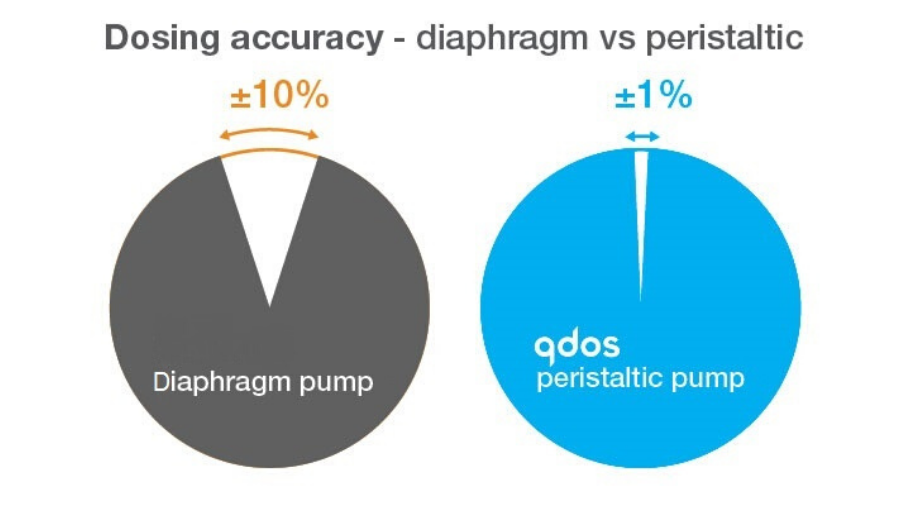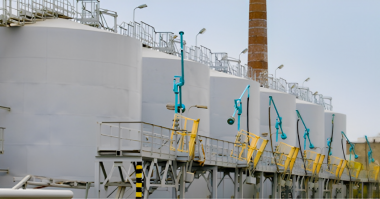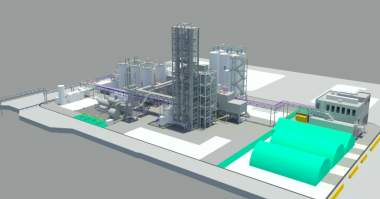As the water industry in England and Wales enters the new regulatory asset management period (AMP7) chemical use lies at the forefront of cost-saving plans. Due to the scale of production and transportation they represent, there is a heavily embedded carbon footprint.
Mitigating the cost of phosphorous removal AMP7 runs from 2020-25 and utilities face challenges on many fronts – reducing customers’ bills, eliminating pollution incidents, and achieving zero carbon by 2030. Some £5.3 billion is expected to go on improving the environment and of this, £4.5 billion is related to wastewater treatment obligations, with £2.2 billion earmarked for phosphate removal.
The phosphorous removal program is driven by European legislation and utilities will require a mix of solutions to meet tighter consents, including higher chemical usage. This means optimization of chemical dosing will drive ongoing efficiencies and cost and carbon savings across plant operations.
All wastewater effluent returned to the environment is subject to stringent standards. Ensuring the appropriate treatment chemicals are used in the correct quantities, and at the right time is the cornerstone of successful plant operation and staying within regulatory law.
Choosing the right technology
Overdosing can lead to unnecessarily high chemical requirements, which, as well as extra cost, compounds higher embedded carbon emissions from chemical production and transportation. In wastewater treatment, it can also lead to high levels of chemicals in the sewer outflow, potentially exceeding regulatory limits.
In contrast, underdosing can reduce the efficiency of treatment processes, also leading to repeated breaches of environmental license conditions and the risk of regulatory fines and reputational damage. Reviewing the performance of dosing pumps at each site is one way of identifying potential cost savings and efficiency opportunities.
Questions when evaluating pump types include:
- Can the dosing pumps handle pressure changes from variable flows?
- Are the pump valves getting blocked?
- What are my energy costs?
- What are my maintenance costs?
Opportunities from meeting AMP7 challenges
Several UK utilities have installed peristaltic dosing pumps as an effective way of pumping the ferric sulphate necessary to reduce phosphorus levels. Watson-Marlow’s Qdos range has a ±1% accuracy range compared with traditional diaphragm pumps, which have a ±10% window of accuracy. This represents a cost-saving of up to nine percent.
Maintenance is another area offering significant savings. The higher demand on ferric suppliers due to the tightening regulations means chemical quality is decreasing.
Larger iron particles are appearing in supplies and these are prone to cause more frequent blockages in diaphragm pumps. The reduction in ancillary equipment required with peristaltic pumping systems means they are much less likely to clog, block, or leak.
In addition, Qdos pumps provide a reduced maintenance with single, no-tools, ReNu pumphead replacement. This significantly reduces downtime, which is even more important at works where no standby pump exists.
The water industry faces extraordinary challenges on cost and environmental performance over the next five years and beyond. By reviewing total expenditure on chemical dosing with a view to upgrading systems, there are savings and major efficiencies to be had.





Comments